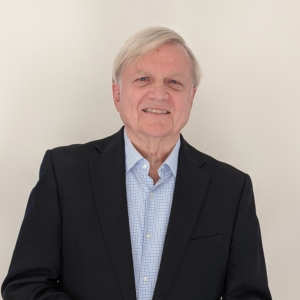Cognitive Technology Puts Team Productivity First.
Workforce turnover can be extremely costly and disruptive when it comes to organizational development and the ability to execute. Despite the embedded costs and lost revenue results, management teams often rationalize such churn as business as usual. With the support of their boards, they often focus on the risks of failing to retain their top executives, salespeople, and technologists, while leaving other turnover ignored across the organization.
But what if executives could universally increase the probability of recruiting and developing the right person for the right role — and then obtaining higher performance and retention through innovative lifecycle metrics that integrates personalized training results.
Solving this perennial challenge requires finding and supporting the talent best suited to the team by emulating how the best athletic coaches develop high-performing teams. In most cases, this doesn’t necessarily mean finding “top talent.” Instead, assessments for ideal “fit” from the outset are critical to team composition and ability to learn and perform in high-stress situations.
Adopting a Systems Model for Productivity: Putting the Team First
The traditional point-to-point employment model first analyzes individual skills, competencies, and personality types. Expanding upon this approach can help reduce turnover, as there is little operational or financial leverage in building an organization person by person while other employees continue to come and go through a continuously revolving door.
Instead, a systems model can help with both assessing and developing the high-performing teams that make up organizations. This includes Executive teams, Sales teams, Product
Development teams, Production teams, R&D teams, Implementation teams, and Support teams.
A systems view enables objective assessments that cut through subjective, observational, and historical criteria to focus on team composition and specific roles within the team. From this vantage, neurodiversity matters and importantly, lower-level, and mid-level employees are critical team players that also impact execution and results, even if they’re commonly overlooked or ignored in project planning and corporate development.
With Reflective Performance, Inc., our cognitive assessment centered in Executive Function measurement helps optimize greater productivity with attention to the sum of all parts.
Creating System Change: Driving Performance from the Human Source
Human factors are widely understood as determinants of business success, yet they are rarely managed systematically through objective data. Advances in cognitive science have created a new method to measure performance across the employment lifecycle through Executive Function skills in terms of cognitive functioning and mental acuity. Reflective Performance, Inc.’s Reflect / EF software app measures the brain’s responses to provide a score around four fundamental measures: a composite Executive Function score and underlying measures of Working Memory, Cognitive Flexibility, and Impulse Control.
These scores represent how people think, act, and make decisions — and can be analyzed based on norms developed for diverse employee groups. As a result, they provide an enhanced measure of performance improvement at the root-cause level across the workforce, with even greater success than content knowledge or experience. They develop innovative insight into how employees perform in the moment-critical in team relationships, customer interactions, and unsupervised operations.
Executive Function Scores.
Systems Analysis.
- Team Composition, Roles, and Dynamics.
- Focused KPI Correlations (Operations and Employment Lifecycle.
- Employee Awareness and Self-Improvement.
- Team Improvement.
High ROI and Higher Profitability
Human-centered Systems Design and Augmented Intelligence
AI is powerful for assessing performance yet best applied in combination with a more forward AI: Augmented Intelligence.
When organizations are viewed as a human-centered system, advanced cognitive measurement creates two transformative performance levers:
Performance understanding is moved upstream to the mind-body connection. This Productivity Multiplier is developed by corporate talent and teams working in unison at the highest efficiency across the business out to customers
Achieving these competitive advantages starts with SaaS measurement through a 5-minute game for a greater understanding of human factors, then analyzed through a systems model.
Reflective Performance, Inc.’s Executive Function analytics further unlock solutions for workplaces to address turnover by supporting the right person in the right role while doing so in a way that’s mutually beneficial for job prospect, employee, and employer alike.
Corporate leaders can be empowered from upstream measurement of cognitive functioning to develop clearer root cause analysis across domains and team by team. They are then better equipped to develop their organization for peak performance and achieve operational excellence by viewing corporate structure and systems in new, human-centered ways.
John G. Carlson, © 2025, all rights reserved jc******@**********************nc.com



